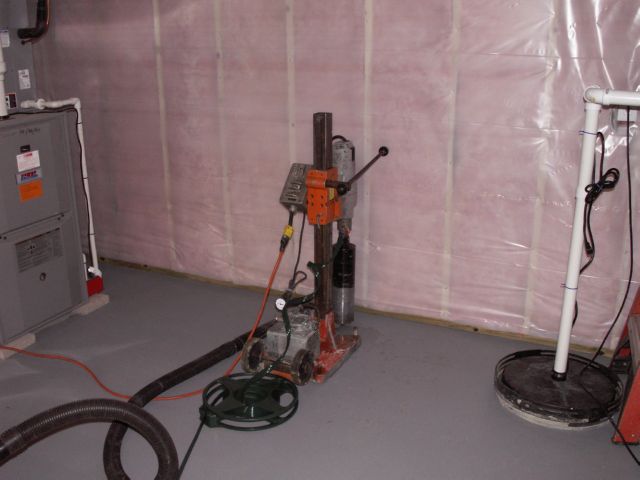About Bizwheel
The main component of a healthy environment for self esteem is that it needs be nurturing. It should provide unconditional warmth.
It seems as if there are constant alerts warning us of yet another health hazard. Is radon really a risk to your family's health? Should elevated radon levels be reduced to protect your family and your investment? According to the US Environmental Protection Agency (USEPA) and a number of scientific studies, the answer to both questions is yes. For more details on radon, see Radon Information.
Protect your potential sale. By obtaining advance knowledge of your home's radon
levels, you avoid surprises. You can rest easy if radon is below the USEPA's
recommended action level (below 4.0 picocuries per liter). You can choose to take
action if the radon is above the USEPA action level, thereby eliminating radon as an
issue during the sale of your home.
Protect your family. Elevated levels of radon in a home have been determined to be a
major health hazard. However, radon can easily be treated by a qualified radon
professional with proper radon insurance coverage and transferable guarantees.
Protect your investment. For most of us, our homes are our biggest investments. Just
as maintenance and improvements protect the value of our home, so does the
elimination of radon. Replacing an old, leaky roof adds value to your home. Putting
in a radon reduction system, installed and guaranteed by Aaron Associates also adds
value. In fact, many builders have found that it makes sense to have a radon system
installed during construction.
If you have already tested for radon and the level is above 4.0 picocuries per liter
and/or your waterborne radon level is above 4,000 pCi/L, contact us to schedule a
free evaluation and cost proposal of a Radon Mitigation System.
Most radon systems are installed in under 4 hours with a minimum of disruption and are operational the same day.

Based on a national residential radon survey completed in 1991, the average indoor
radon level is 1.3 picocuries per liter (pCi/L) in the United States. The average
outdoor level is about 0.4 pCi/L.
In Western Massachusetts radon levels have been found to be in the 80s pCi/L in
some homes, most of the homes that we are called on run between 5 and 15 pCi/L
before mitigation.
There is no debate about radon being a lung carcinogen in humans. All major national
and international organizations that have examined the health risks of radon agree
that it is a lung carcinogen. The scientific community continues to conduct research
to refine our understanding of the precise number of deaths attributable to radon.
The National Academy of Sciences BEIR VI Report has estimated that radon causes
about 15,000 to 22,000 lung cancer deaths annually based on their two-preferred
models.
A few scientists have questioned whether low radon levels, such as those found in
residences, increase the risk of lung cancer because some small studies of radon and
lung cancer in residences have produced varied results. Some have shown a
relationship between radon and lung cancer, some have not. However, the national and
international scientific communities are in agreement that all of these residential
studies have been too small to provide conclusive information about radon health
risks. Major scientific organizations continue to believe that approximately 12% of
lung cancers annually in the United States are attributable to radon.
The World Health Organization (WHO), the National Academy of Sciences, the US
Department of Health and Human Services, as well as EPA, have classified radon as a
known human carcinogen, because of the wealth of biological and epidemiological
evidence and data showing the connection between exposure to radon and lung cancer
in humans.
There have been many studies conducted by many different organizations in many
nations around the world to examine the relationship of radon exposure and human
lung cancer. The largest and most recent of these was an international study, led by
the National Cancer Institute (NCI), which examined the data on 68,000 underground
miners who were exposed to a wide range of radon levels. The studies of miners are
very useful because the subjects are humans, not rats, as in many cancer research
studies. These miners are dying of lung cancer at 5 times the rate expected for the
general population. Over many years scientists around the world have conducted
exhaustive research to verify the cause-effect relationship between radon exposure
and the observed increased lung cancer deaths in these miners and to eliminate other
possible causes.
In addition, there is an overlap between radon exposures received by miners who got
lung cancer and the exposures people would receive over their lifetime in a home at
EPA's action level of 4 pCi/L, i.e., there are no large extrapolations involved in
estimating radon risks in homes.